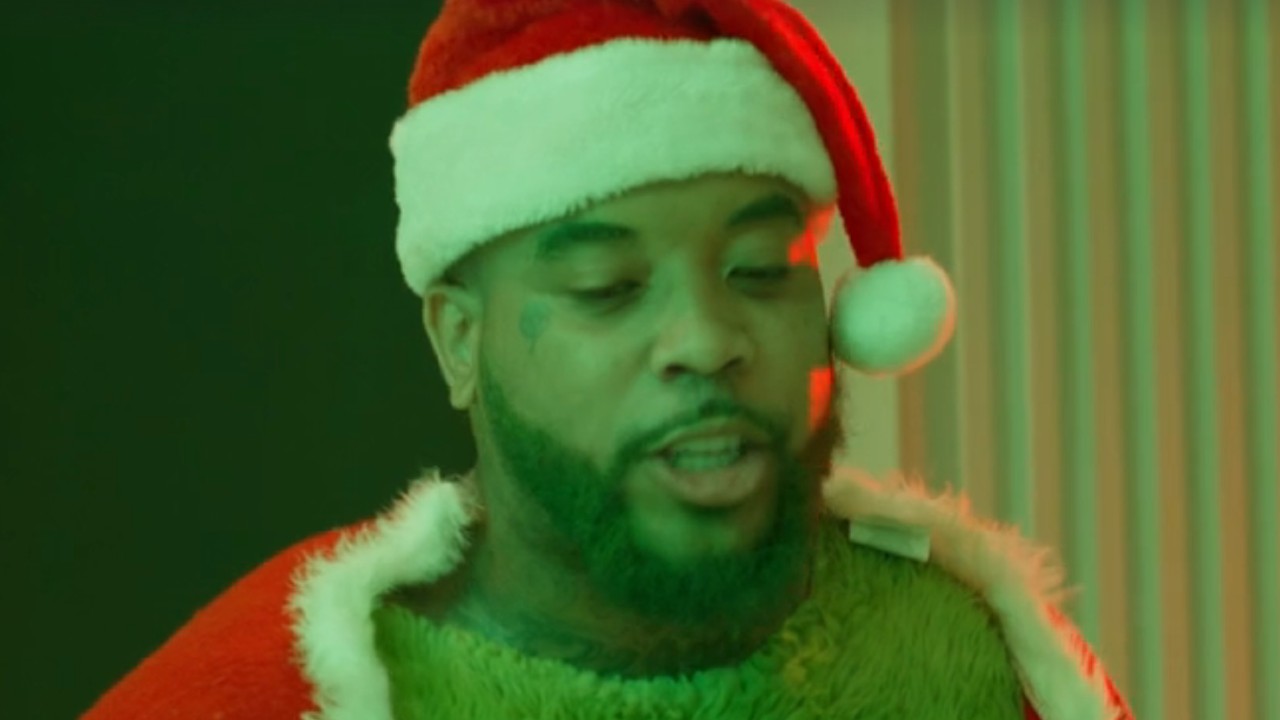6 Pacific Islander Pro Wrestlers From The '80s And '90s That I Was Obsessed With As A Kid
Let's hop in the pro wrestling time machine.
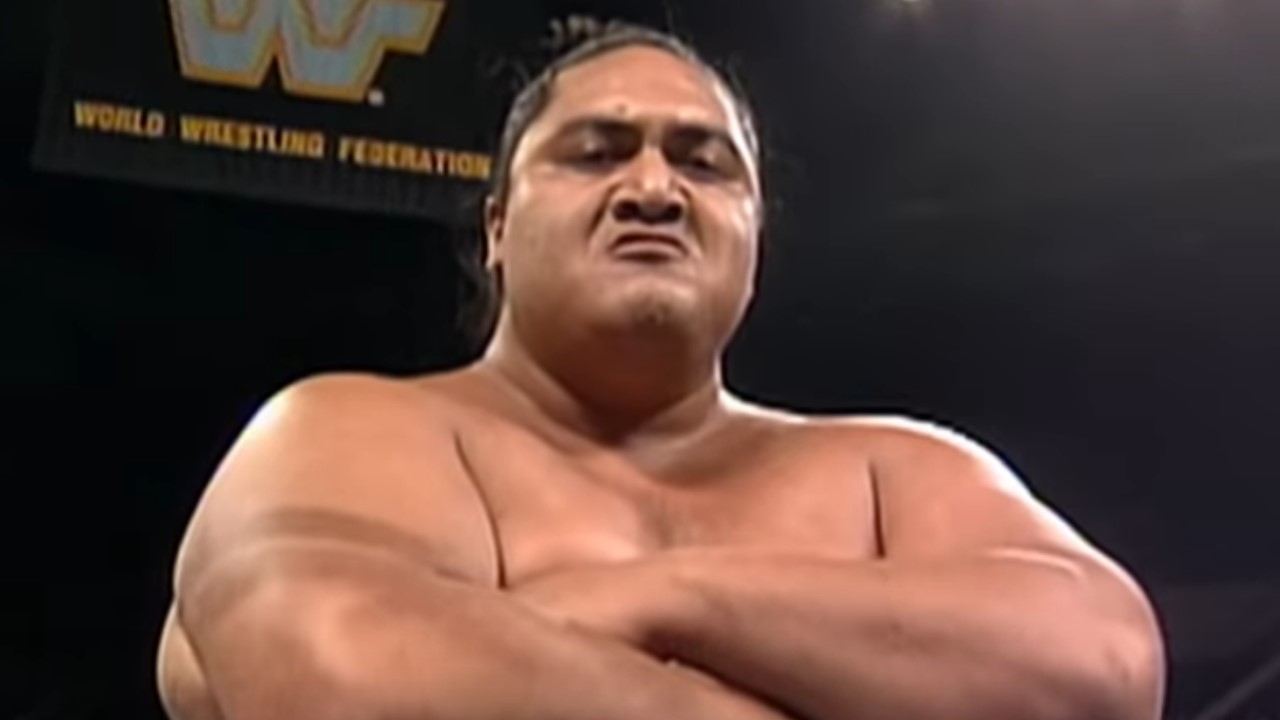
While professional sports have obviously become far more inclusive and diverse in recent years, pro wrestling and other forms of combat sports have long given athletes from around the world a place to show off their skills for howling audiences. As a youngin watching the WWE (then-WWF), WCW and random other southern promotions through the 1980s and ‘90s, I was wowed by muscle-bound performers from all over the globe who were just as gifted in theatrics and mic work as the homegrown U.S. superstars. In honor of Asian American and Pacific Islander Month, I’d like to show some love to the six (or so) wrestlers below that I was obsessed with as a kid in one way or another.
These athletes’ in-ring careers remain near and dear to my memories to this day, regardless of where their lives went, or my varying levels of wrestling fandom later in life. This also isn’t meant to indicate that I think pro wrestling promoters have ever been particularly thoughtful or respectful about other cultures. So with that caveat in mind, let’s head down the ring.

Haku
One of the most unassumingly strong AF wrestlers of the era, at least to my naive perception skills at the time, was best known by the moniker Haku (and then later Meng during his WCW stretch). Real name Tonga 'Uli'uli Fifita, Haku hailed from Tonga’s capital of Nukuʻalofa, and got his wrestling start in the late 1970s under the tutelage of the massive Shohei “Giant” Baba. I definitely only learned of him at some point after his 1986 WWE debut, as I was only 3 years old at that point, but I do recall the highlight of him body-slamming Big John Studd being shown often enough to prove the dude’s strength.
To me, a big part of Haku’s continued appeal was his DGAF attitude, which was evident just from him standing around as much as it was when he jumped on the mic. (In light of the monthly celebration, relive this classic and insightful clip from 1991’s UK Rampage, in which he spoke in Tongan during an interview as Mean Gene Okerlund asks him to speak only in English.) In any case, Haku whooped ass both as a solo fighter and with an array of excellent tag partners, from Andre the Giant to the Dungeon of Doom ensemble to the next entry on this list. Perhaps the most inarguably proof of his badassery? He managed to survive the awkward King Haku gimmick, and looked pretty damned good in a crown all the same. Perhaps more than any other on this list, we’d love to see Haku get the sports biopic treatment.
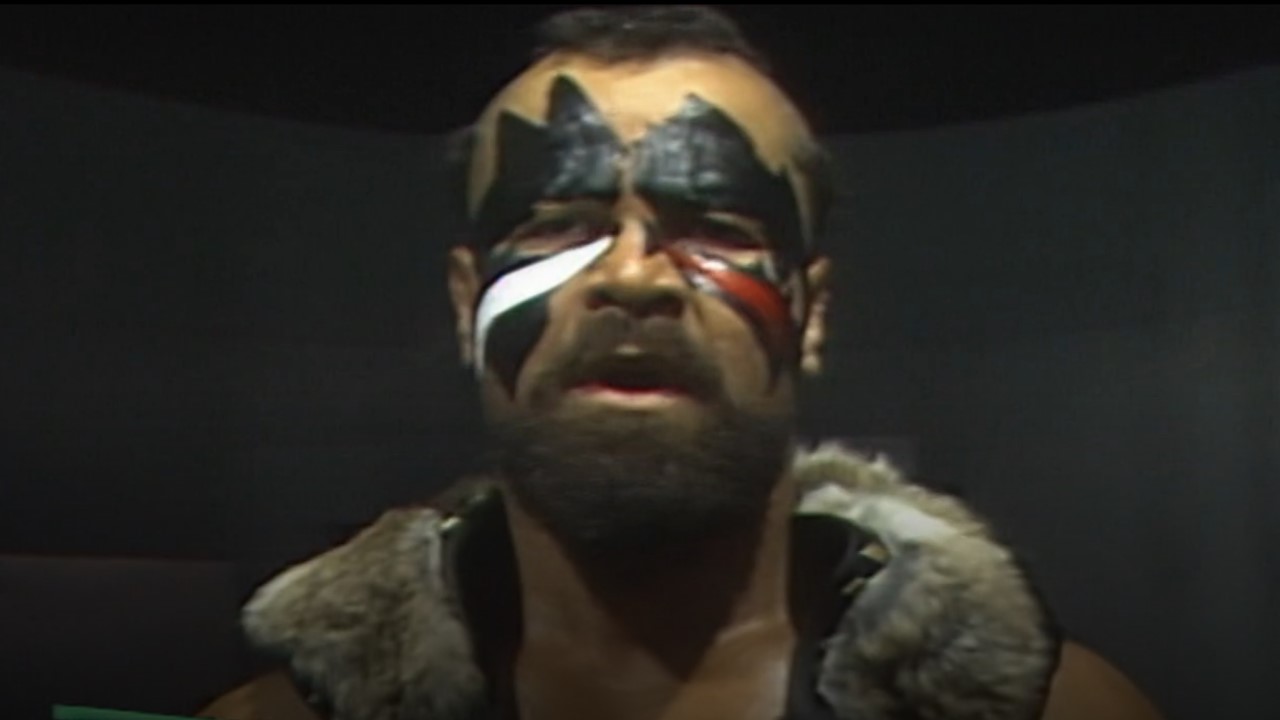
The Barbarian
I’ve always been a sucker for a wrestler in facepaint, which is almost certainly what first drew my attention to The Barbarian after he broke out in the NWA in the mid-’80s. Born Sione Havea Vailahi, he was also originally from Nukuʻalofa, Tonga. I admittedly don’t remember him having Konga as a lead-in to his initial moniker, with his tag team The Powers of Pain alongside The Warlord and Ivan Koloff being the first matches that I can recall watching. Clearly I was in hog heaven anytime they fought the Road Warriors or Sting.
Part of what I loved about The Barbarian, honestly, was the fact that he so regularly flipped between wrestling promotions, and would expectedly wreak havoc in memorable ways each time he flipped from one to the next, as he was a big old beast that couldn’t convincingly be demolished by smaller athletes. Fans got to see him teaming up alongside Haku in both WWE and WCW, which was another big plus. Barbarian was also great within the mix of Kevin Sullivan’s Dungeon of Doom stable, which should have lasted far longer than it did.
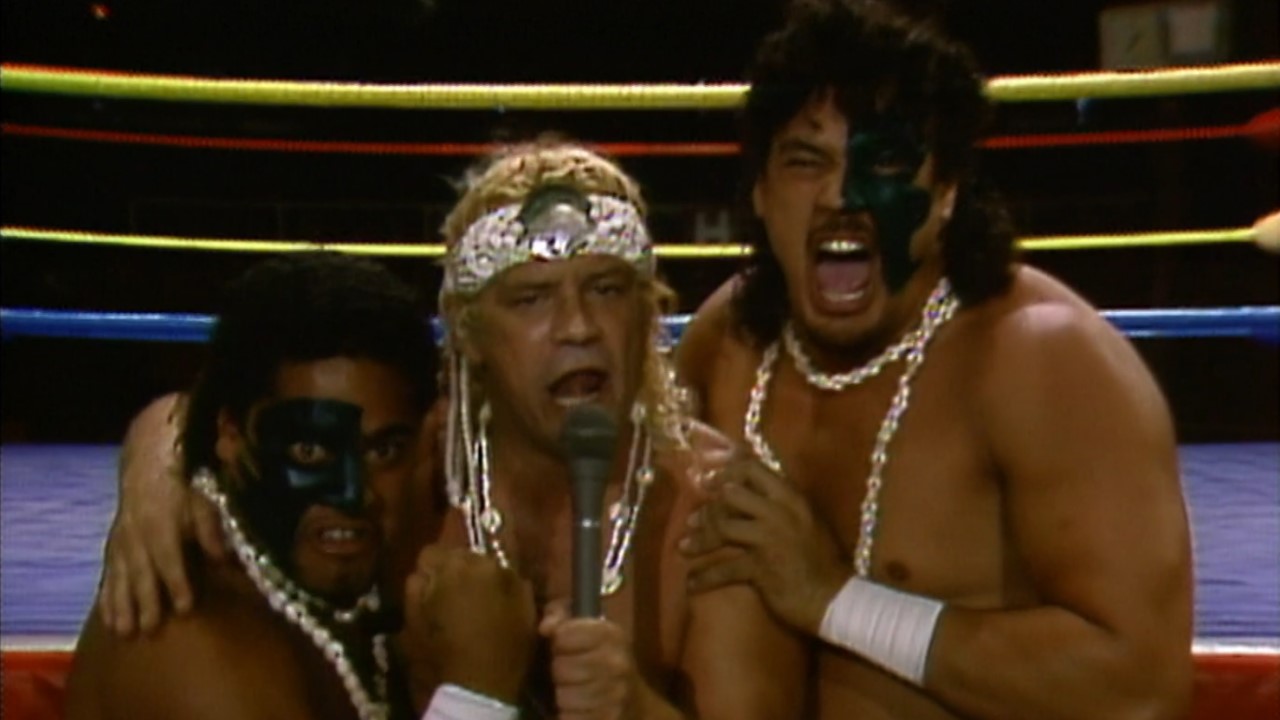
The Samoan SWAT Team / The Headshrinkers
To be clear, if this list was specifically about the greatest Pacific Islander wrestlers of all time, nearly the entire Anoa'i family tree would make up the list, with several generations of American Samoa legends in its branches. (Including current superstars like Roman Reigns and The Usos.) But when I was a kid, the tag team offering that I was most intrigued by was the Samoan SWAT Team, which was first started up by Samu (Samula Anoa'i) and Solofa Fatu in 1987, though several other wrestlers joined and left its ranks during their overall reign that includes the below brand-switch.
Your Daily Blend of Entertainment News
While understanding that it plays into the lack of sensitivity given to this gimmick, I loved watching the Samoan SWAT Team because they were fucking nutso before, during, and after matches. Regardless of whether they’d win or lose, I loved watching them wreck shop on the Road Warriors, the Steiner brothers, the Midnight Express and all the other big names at the time. And while the SWAT Team was the group that I couldn’t get enough of, I’ll easily stretch that appreciation out to include the rebranding as The Headshrinkers once they signed with the WWE, since the name was the only element that truly changed. (Although that’s also when the first non-family member joined the team, which happened to be the non-Samoan Sione, better known as The Barbarian.)
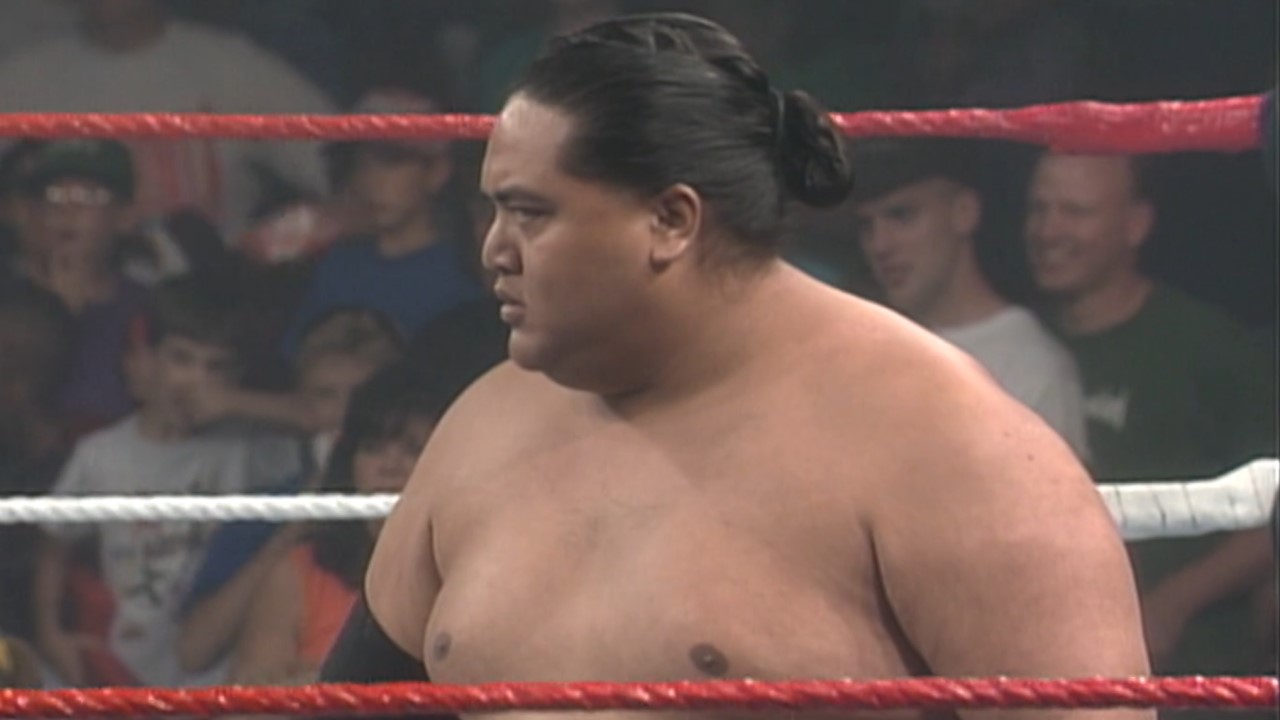
Yokozuna
Speaking of the Anoa'i family, Agatupu Rodney Anoa'i will forever be one of the most physically intimidating athletes to ever step into the ring. His career started in the mid-’80s as the Great Kokina, but I only came to appreciate those years later in life, as my nine-year-old self first gained awareness during his crushing ‘90s run in the WWE as Yokozuna. Because as much as his size got attention from wrestling fans, it was really his agility and cardio that allowed him to earn championship belts and remain such a watchable success. Not that he was climbing up onto Hell in a Cell cages and leaping into tables like Mick Foley or anything, but I'm pretty sure I'd pull a thigh muscle if I tried a Banzai Drop on somebody right now.
It’s unfortunate that the superstar’s American Samoan heritage was ignored and supplanted by a gimmick aligning Anoa'i with a Japanese Sumo background. Which was made all the more confusing by the fact that Vince McMahon reportedly signed him at the same time he brought in the aforementioned Samoans to become The Headshrinkers. It’s also unfortunate that Anoaʻi was just 34 years old when he passed away in 2000, having had a pulmonary edema in his sleep, in the midst of a wrestling tour across the UK. (Worth bringing up is that another member of the family, WWE vet Rikishi, named Yokozuna as one of his Top 5 of all time just last year.)
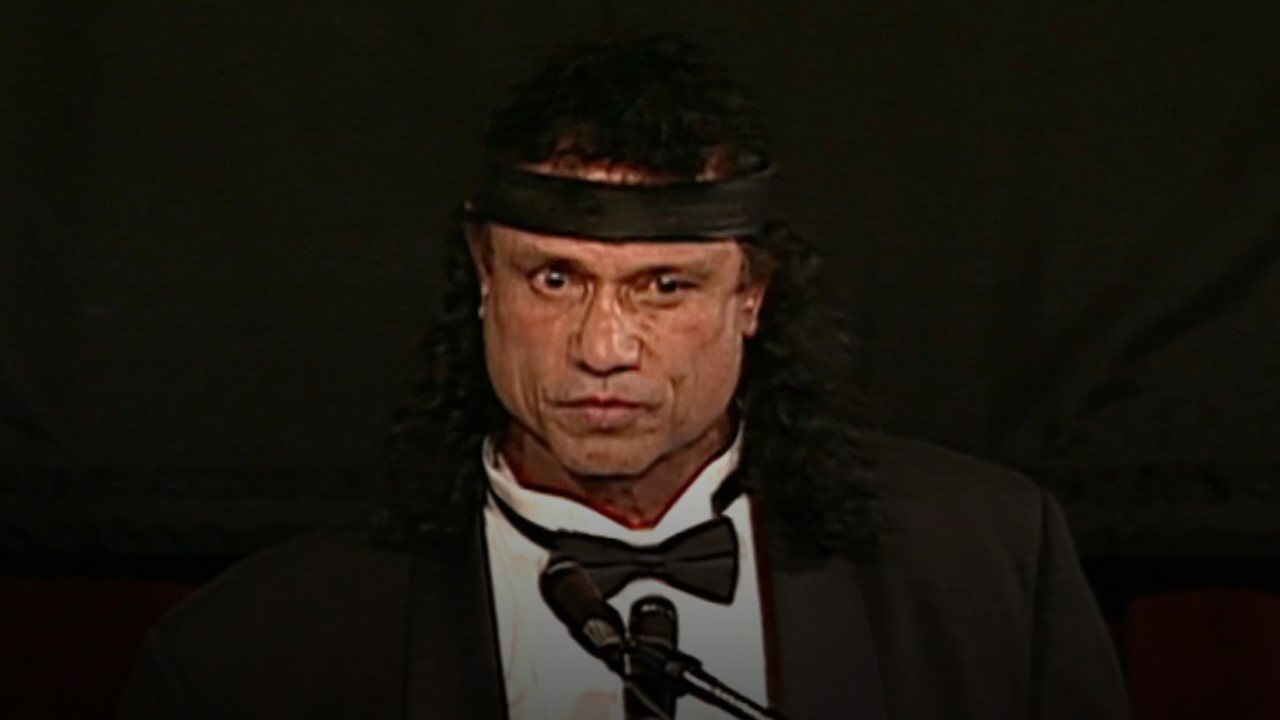
Jimmy "Superfly" Snuka
Another athlete who’s no longer with us is Jimmy Snuka, who built up a name for himself in the 1970s and exploded in the 1980s, in part because of his high-flying maneuvers off of the top ropes. A Fijian American whose birth name was James Wiley Smith, Snuka earned the nickname Superfly early in his career, and pretty much stuck with it throughout his 45+ years in the sports entertainment industry. And that’s truly what made him so fun to watch during each and every match he was in, because you just knew it was going vertical before long. His various choices for ring attire were also memorable, though for reasons other than athleticism, from his patterned teeny-tights to his bare feet.
Snuka is responsible for one of the most replayed pro wrestling highlights of all time, at least from the pre-Attitude Era: his Superfly Splash off of the steel cage onto rival Don Muraco in a 1983 match at Madison Square Garden. I definitely didn’t catch that one live, and nor did I see the live broadcast of Roddy Piper knocking him upside the head with a coconut, but those clips certainly played into my lasting fandom. And I think I can say without hesitation that Jimmy Snuka is the athlete most fun to imitate when jumping from one’s childhood dresser onto one’s soon-to-be-broken bed.
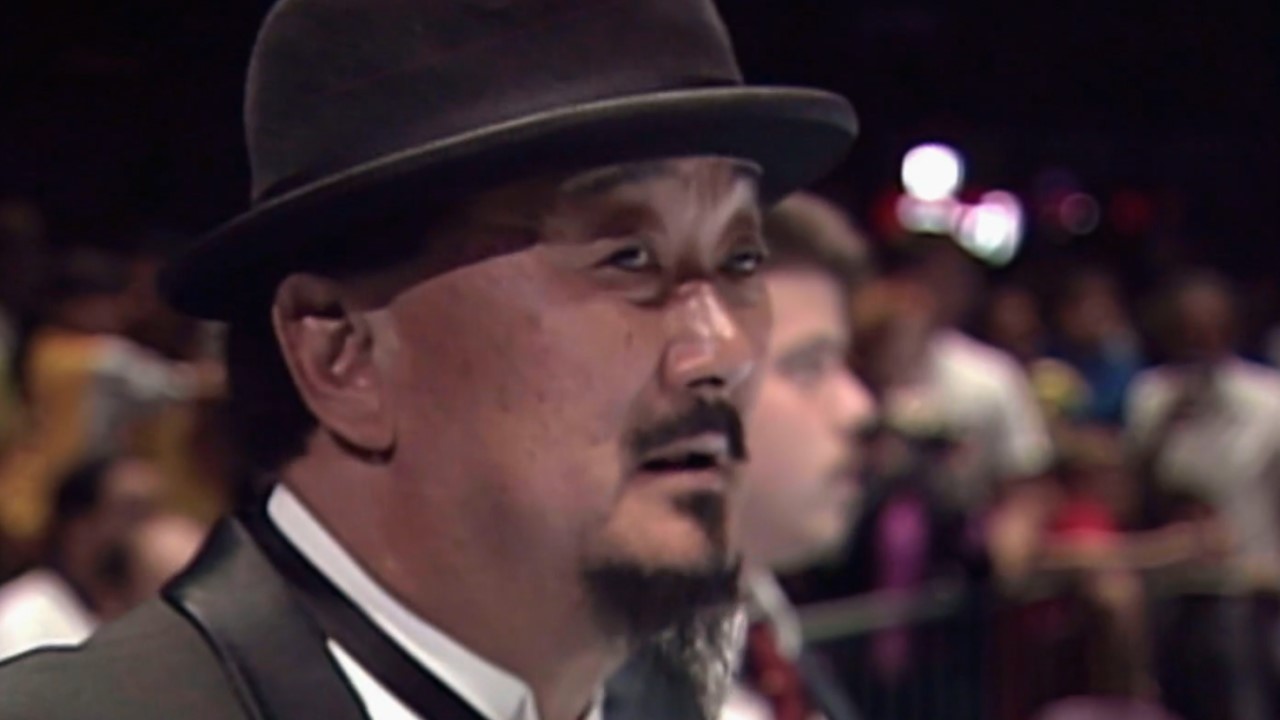
Mr. Fuji
Admittedly, this entry is something of a cheat, as I was too young to enjoy the actual wrestling career of Harry Masayoshi Fujiwara, best known as Mr. Fuji, as he retired from that side of things in 1985 and transitioned into his longtime role of ringside manager. And he was absolutely one of the best in the game, in part because of his in-ring background. Born in Honolulu and boasting a Native Hawaiian and Japanese ancestry, Mr. Fuji obviously had his Asian heritage pushed harder than his islander bloodline, and it’s definitely weird in hindsight to think of him managing the aforementioned Yokozuna. But it doesn’t take away from him making his mark on the sport and the fandom, and without having to be an attention hog like the then-named Paul E. Dangerously.
With a Bond villain-esque look and a penchant for throwing salt into opponents’ faces, Mr. Fuji went from managing Demolition (whose facepaint he wore on occasion, to my delight) to working with Barbarian and Warlord’s Powers of Pain. He also brought in the questionably named Orient Express, made up of Hawaiian-born Pat Tanaka and the Japanese athlete Akio Sato. He ended up retiring in 1996, and justifiably landed in the Hall of Fame in 2007, later passing away in 2016 of natural causes.
Again, these are far from the only pro wrestlers from the Pacific Islands that are worthy of celebrating and honoring during the month of May, or during any other point of the year. But when it came to keeping yours truly hooked to my TV screen from 1986-1998 or so, this group of legends were everything and then some. And thankfully, a lot of their former matches across a variety of promotions can be streamed in full with a Peacock subscription.
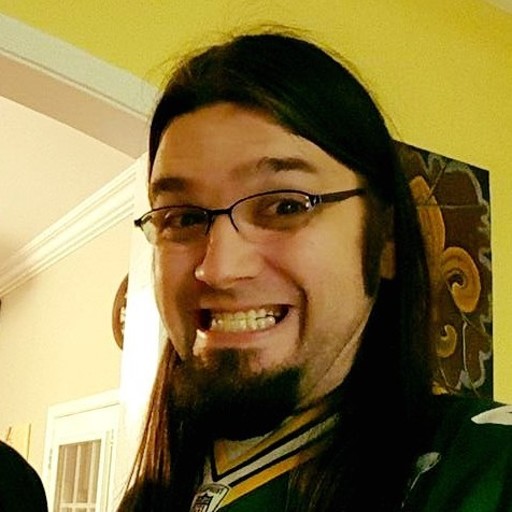
Nick is a Cajun Country native and an Assistant Managing Editor with a focus on TV and features. His humble origin story with CinemaBlend began all the way back in the pre-streaming era, circa 2009, as a freelancing DVD reviewer and TV recapper. Nick leapfrogged over to the small screen to cover more and more television news and interviews, eventually taking over the section for the current era and covering topics like Yellowstone, The Walking Dead and horror. Born in Louisiana and currently living in Texas — Who Dat Nation over America’s Team all day, all night — Nick spent several years in the hospitality industry, and also worked as a 911 operator. If you ever happened to hear his music or read his comics/short stories, you have his sympathy.
